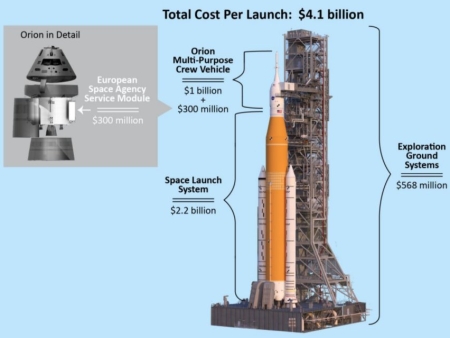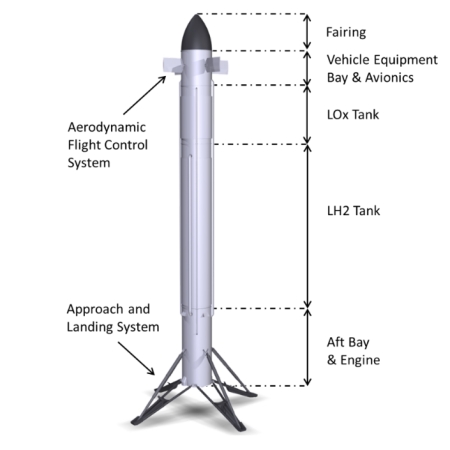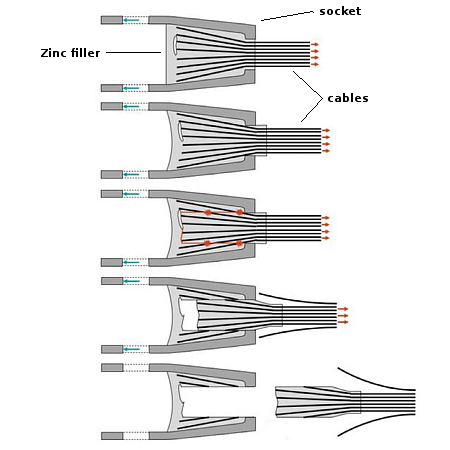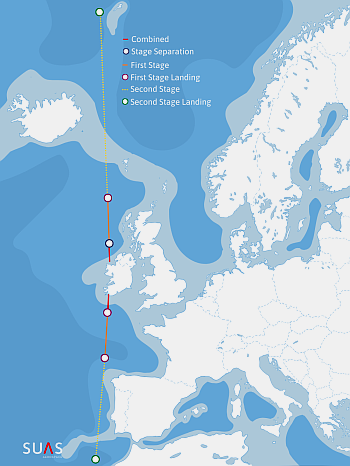Next Starship/Superheavy test flight now targeting November 18th
SpaceX today announced its plan to fly the next and sixth orbital test flight of its Starship/Superheavy rocket on November 18th, less than two weeks from today.
The next Starship flight test aims to expand the envelope on ship and booster capabilities and get closer to bringing reuse of the entire system online. Objectives include the booster once again returning to the launch site for catch, reigniting a ship Raptor engine while in space, and testing a suite of heatshield experiments and maneuvering changes for ship reentry and descent over the Indian Ocean.
The success of the first catch attempt demonstrated the design feasibility while providing valuable data to continue improving hardware and software performance. Hardware upgrades for this flight add additional redundancy to booster propulsion systems, increase structural strength at key areas, and shorten the timeline to offload propellants from the booster following a successful catch. Mission designers also updated software controls and commit criteria for the booster’s launch and return.
As noted earlier, the FAA has made it clear that no new license is required since this flight plan is essentially the same as the fifth flight.
SpaceX today announced its plan to fly the next and sixth orbital test flight of its Starship/Superheavy rocket on November 18th, less than two weeks from today.
The next Starship flight test aims to expand the envelope on ship and booster capabilities and get closer to bringing reuse of the entire system online. Objectives include the booster once again returning to the launch site for catch, reigniting a ship Raptor engine while in space, and testing a suite of heatshield experiments and maneuvering changes for ship reentry and descent over the Indian Ocean.
The success of the first catch attempt demonstrated the design feasibility while providing valuable data to continue improving hardware and software performance. Hardware upgrades for this flight add additional redundancy to booster propulsion systems, increase structural strength at key areas, and shorten the timeline to offload propellants from the booster following a successful catch. Mission designers also updated software controls and commit criteria for the booster’s launch and return.
As noted earlier, the FAA has made it clear that no new license is required since this flight plan is essentially the same as the fifth flight.













